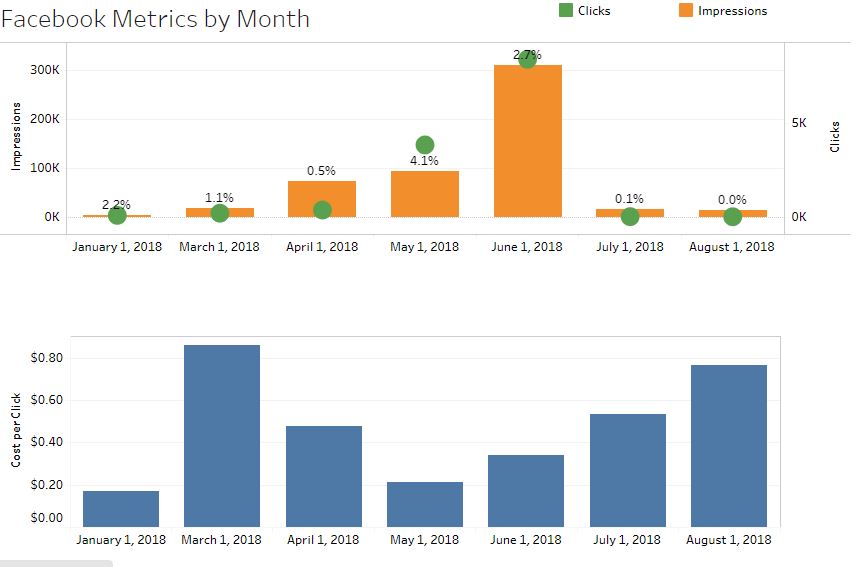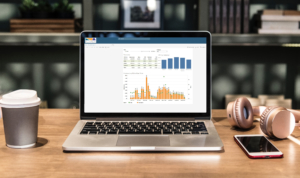3 Ways to Get to Know Your Customers
Today, online purchases and order forms are rapidly replacing the face-to-face or voice-to-voice interactions that drove business and relationships in the past. However, computer-based interactions have also opened up new methods of understanding your customers, and have highlighted the need for a solid customer database. Key data provides crucial information to B2B companies about key traits, including purchasing style, to help you further engage, market to, and acquire more customers. Here are 3 data sources to help you better understand your customer:
1. Understand Customer Transactions
Ask yourself: what types of trends do you see when you look at your transactional data? Are your sales up or down from last year? What are the common products/services that are being purchased?
Simple questions like these can typically be answered using transactional data. Before you dive in too deep, try to understand the big picture of what is being sold and purchased as a whole.
Reflecting on the past helps better us in the present and look ahead to the future.

Your company may be tracking customers through Facebook with digital efforts such as retargeting.
2. Know Your Customers
It’s great to know what products or services your customers are purchasing, but being able to identify individual customers may be the single most useful tool available to the analytic marketer. For some companies, this is easy; their transactional data has the customer information by nature. For others, they rely on loyalty programs or survey data to make generalizations about the purchases their customers are making. In both cases, identifying new and returning customers will help your company understand current trends in their business.
Unsure how your company is tracking customer activity? Ask your sales team what information is being kept in a CRM; you may find that the information is already available.
3. Who’s Who – Tracking New vs. Returning?
Once the identity of the customer is known, you can begin to understand who is a new vs. returning as well as begin learning about the types of customers who might be interested in purchasing from your company. This is important data that can be found by bringing in outside data sources with demographic or firmographic information. Once you can identify key customer traits, you can create customer profiles for those who are likely to become new, those who are likely to leave, or those who are the most profitable.








 Help customers let you know their communications preferences by making it easy on your privacy pages and in every reply form
Help customers let you know their communications preferences by making it easy on your privacy pages and in every reply form
 SIGMA has spent over 30 years helping our clients capture the hidden value in their data contributing to customer acquisition, sales force optimization, and consumer loyalty. We are poised to share strategies that we know will continue to help you engage and grow your customers – and your client’s customers.
SIGMA has spent over 30 years helping our clients capture the hidden value in their data contributing to customer acquisition, sales force optimization, and consumer loyalty. We are poised to share strategies that we know will continue to help you engage and grow your customers – and your client’s customers.
 Today, working with client data as well as third party consumer information are essential skills for any agency seeking to build a successful brand. By offering effective data analytics and customer insights, agencies who can no longer keep their clients based on their creative ideas alone are able to productively drive business outcomes and effect corporate direction – making their agency / client relationships more valuable.
Today, working with client data as well as third party consumer information are essential skills for any agency seeking to build a successful brand. By offering effective data analytics and customer insights, agencies who can no longer keep their clients based on their creative ideas alone are able to productively drive business outcomes and effect corporate direction – making their agency / client relationships more valuable.